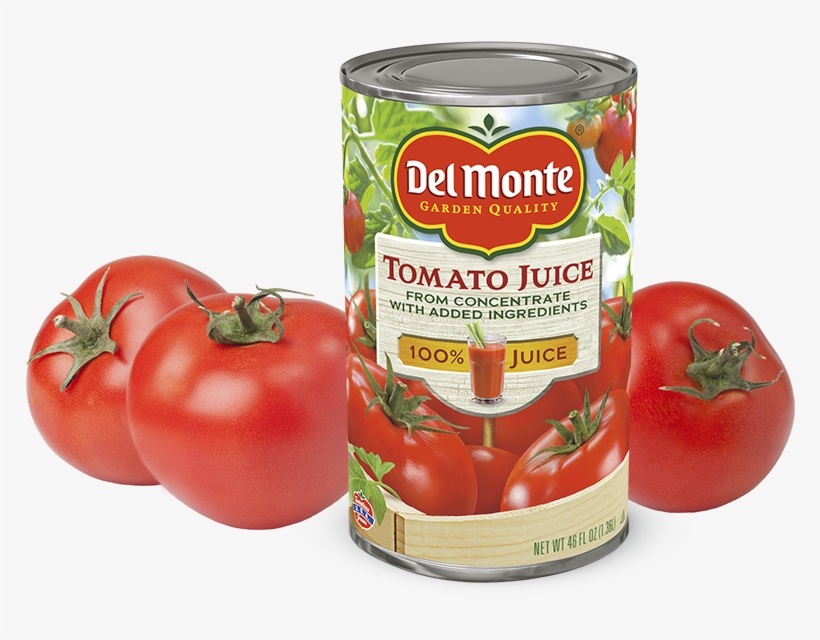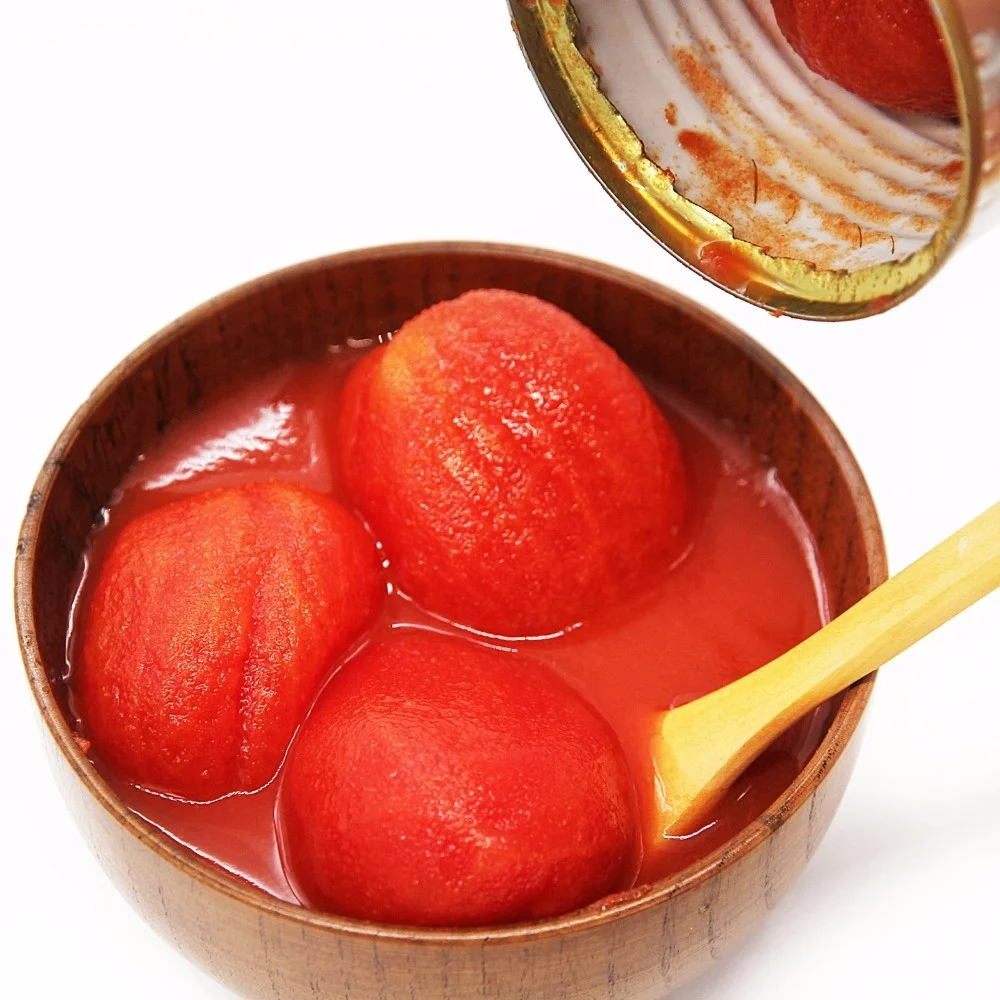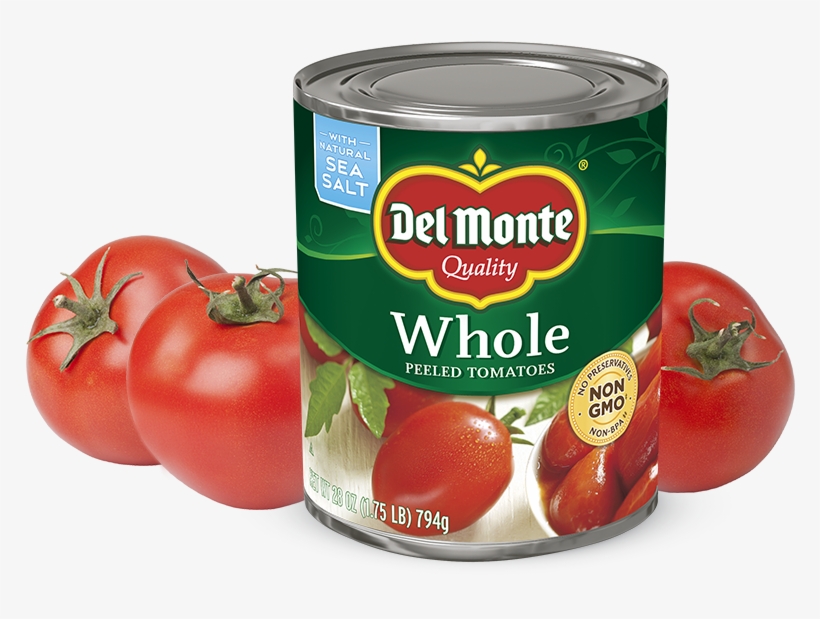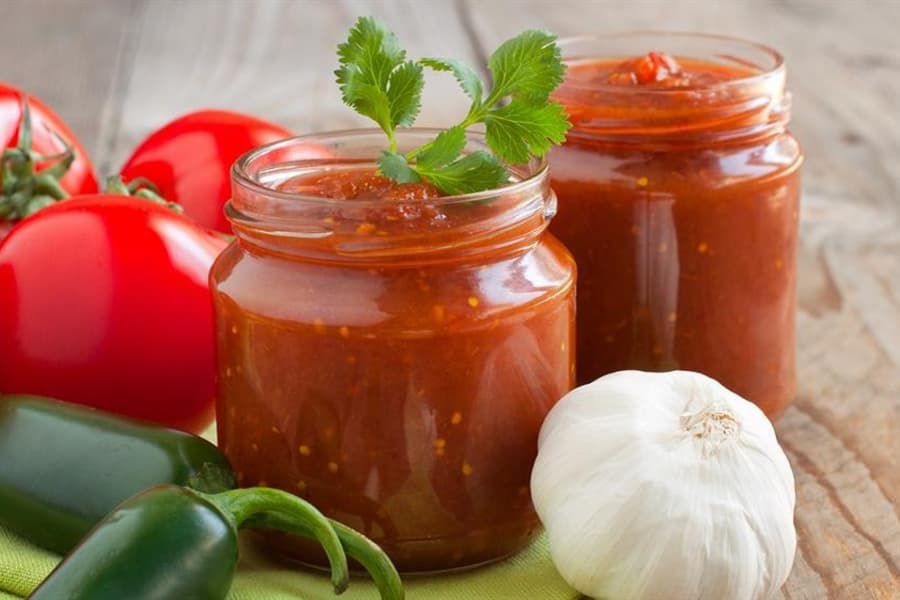
A Visual Guide to the 7 Major Types of Canned
Tomatoes
A lot of recipes rely on canned tomatoes for flavor, acidity,
richness, liquid, and so much more. Canned tomatoes are definitely a pantry staple
we can’t live without, especially when it’s the middle of winter and there
aren’t any good fresh tomatoes to be found.
The canned tomato aisle at the grocery
store is pretty impressive, with so many varieties and brands competing for
your attention. How is each kind made, and how is it best used?
The Importance of Reading Labels
Canned tomatoes are literally just tomatoes sealed in a
can, right? It’s more complicated than you think. While some canned tomatoes
just contain tomatoes, many have hidden ingredients, like high fructose corn
syrup, salt, or calcium chloride — things you might be trying to avoid. It pays
to read the label to see exactly what’s inside. If there’s something listed on
there that you don’t like, try looking at another brand instead.
Processing Is the Main Difference
The differences in the varieties of canned tomatoes
come down to how they’re processed. Processing always starts by removing the
skins of the tomatoes, but after that, how they’re broken down and what they’re
sealed in the can with may vary by variety and brand. The labeling of varieties
isn’t totally consistent across brands, but here are the ones you’ll most
likely see at the store, from least to most processed.
1. Whole peeled tomatoes
If you only stock one
kind of canned tomato in your pantry, I would recommend stocking whole peeled
tomatoes, as they’re the most versatile. Whole peeled tomatoes are just that fresh whole tomatoes packed in tomato juice,
sometimes with a basil leaf thrown in for flavor.
You can pretty much turn
whole tomatoes into almost any other canned tomato product: Tear them into
large chunks by hand, chop them up with a knife to make diced tomatoes, or buzz
them in a food processor or blender to make tomato purée or sauce.
Whole peeled tomatoes
also break down beautifully when cooked, since intact tomatoes have less
surface area exposed to chemicals that are sometimes added to the can to keep
them from breaking down too much.
2. Diced tomatoes
Next up are diced tomatoes, which are fresh tomatoes
that have been chopped up into small pieces and then canned. Diced tomatoes are
usually packed with tomato juice, citric acid, and calcium chloride. The
calcium chloride helps diced tomatoes retain their shape, making them good for
dishes where you still want distinct chunks of tomatoes after cooking. If you
want the tomatoes to really break down in a sauce, though, skip diced tomatoes.
Diced tomatoes can sometimes have added salt or
seasonings, or they can also be fire-roasted before canning for an additional
layer of smoky flavor.
3. Stewed tomatoes
Now we move on to tomato products that usually undergo
some cooking before the canning process. Stewed tomatoes are tomatoes that have
been cut up and cooked, usually with seasonings, like salt, sugar, or spices,
before they’re packed into cans. You should read the labels carefully here to
see exactly what you’re getting, as ingredients vary from brand to brand. Also
know that stewed tomatoes should not be used in recipes calling for plain
tomato products, as the added seasonings will affect the flavor of the dish.
4. Crushed tomatoes in pureé
Crushed tomatoes have a texture between diced tomatoes
and smooth tomato sauce. It’s usually a mix of fresh crushed tomatoes and
tomato purée or paste, and it’s generally pourable, but has a thicker
consistency with small chunks of tomatoes. Crushed tomatoes still retain a
fairly bright flavor and are great for pasta sauces and smoother soups.
5. Tomato pureé
Depending on the brand,
tomato purée can also be known as ground tomatoes. It has a texture somewhere
between tomato paste and crushed tomatoes, so it’s even smoother than crushed
tomatoes, but still has a thick viscosity. It generally can be used
interchangeably with crushed tomatoes.
6. Tomato sauce
Tomato sauce generally comes in smaller cans, usually
eight ounces, and it has a very smooth, pourable texture from being slow-cooked
and blended. Tomato sauce can also be made by combining water with tomato
paste. Don’t confuse tomato sauce with ready-to-use pasta sauces, which are
generally seasoned very heavily and may be thicker and not as smooth. That
being said, though, read the labels of tomato sauce very carefully, as some may
have added spices, like garlic or onion powder.
7. Tomato paste
Tomato paste comes in small cans, usually six ounces
each, and they are the most cooked down of all the canned tomato products. It
usually contains less than a fifth of the water content that fresh tomatoes
start out with, and has a concentrated flavor and much darker color.
Tomato paste is used as a foundation ingredient in
dishes like soups, stews, and braises, and although you might not want or
notice a fresh tomato flavor in these dishes, the tomato paste adds savory
aspects and has great thickening power.
Tomato paste is also available in tube form, which is
great since you usually only need small amounts. Should you find yourself with
leftover canned tomato paste, though, our favorite trick is to freeze
tablespoons of it for future use!













